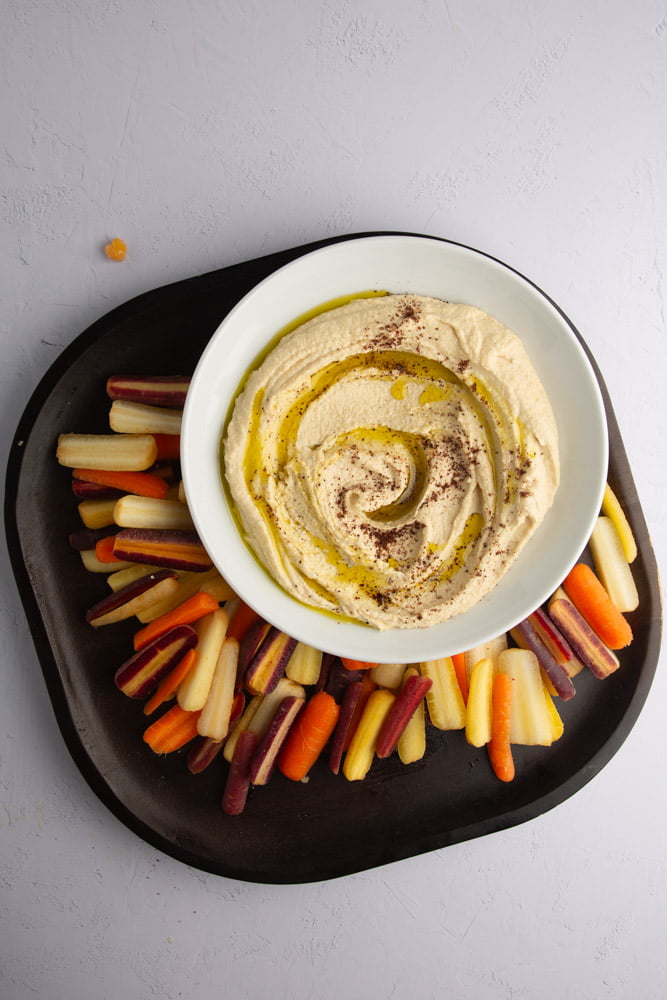
What Is Hummus?
Hummus is a creamy, savory spread made from ground chickpeas (garbanzo beans), tahini (sesame seed paste), olive oil, lemon juice, garlic, and salt. It’s a staple in Middle Eastern kitchens and has become a favorite worldwide thanks to its rich flavor, nutritional benefits, and versatility.
The word hummus means “chickpea” in Arabic—fitting, since that’s the heart of the dish. Its roots trace back to the Levant region—Lebanon, Syria, Israel, Palestine, and Jordan—where it’s been enjoyed for generations.
Why You’ll Love This Hummus Recipe
- Packed with fiber and protein, it is both nourishing and satisfying.
- Creamy, smooth texture that rivals any store-bought version.
- Made with pantry staples you probably already have.
- Customizable with spices, toppings, and flavor variations.
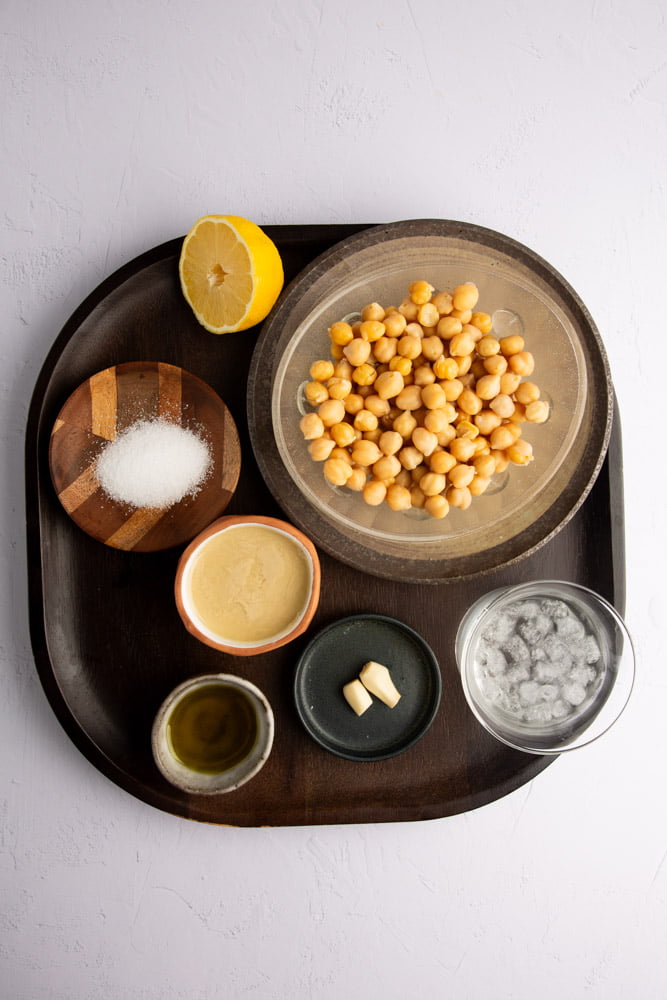
Ingredients for Homemade Hummus
- Chickpeas –use canned for convenience or cook dried ones for even more flavor. Soft chickpeas = creamier hummus.
- Tahini. Choose a good-quality, pourable tahini for the best results.
- Olive Oil
- Lemon Juice
- Garlic – A small clove goes a long way. Prefer a milder flavor? Use roasted garlic instead.
- Salt
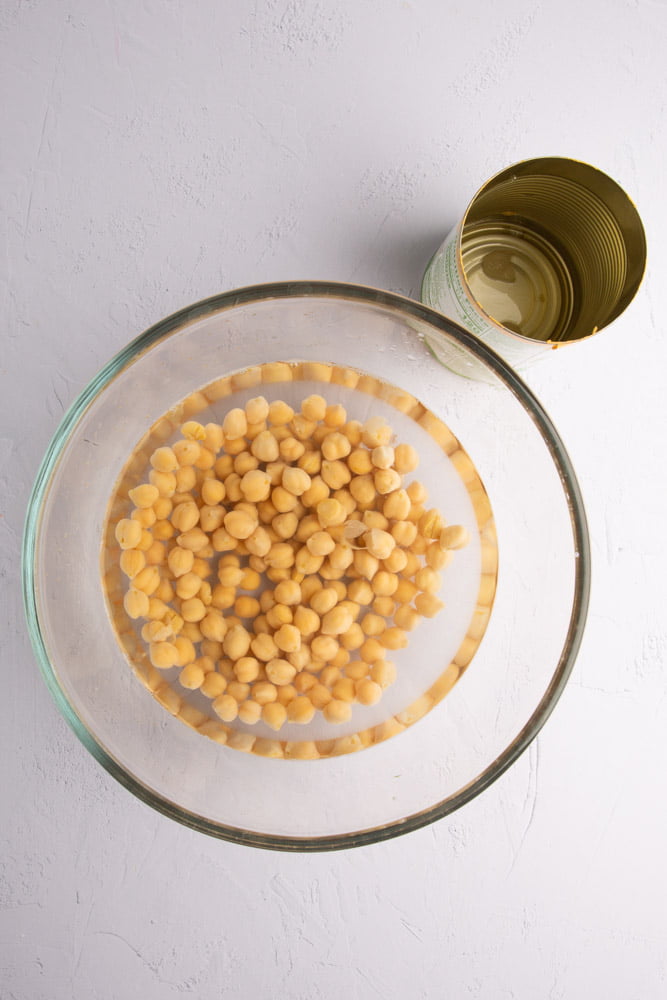
How to make homemade hummus?
- Prep the chickpeas: For canned chickpeas, drain and rinse. For home-cooked, use one and a half cups and place them in cold water.
- Process: In your food processor, combine chickpeas, garlic, lemon juice, salt, and ice water. Process for 5 minutes—no less.
- Finish: When the 5 minutes are up, add the tahini little by little
How to make homemade hummus?
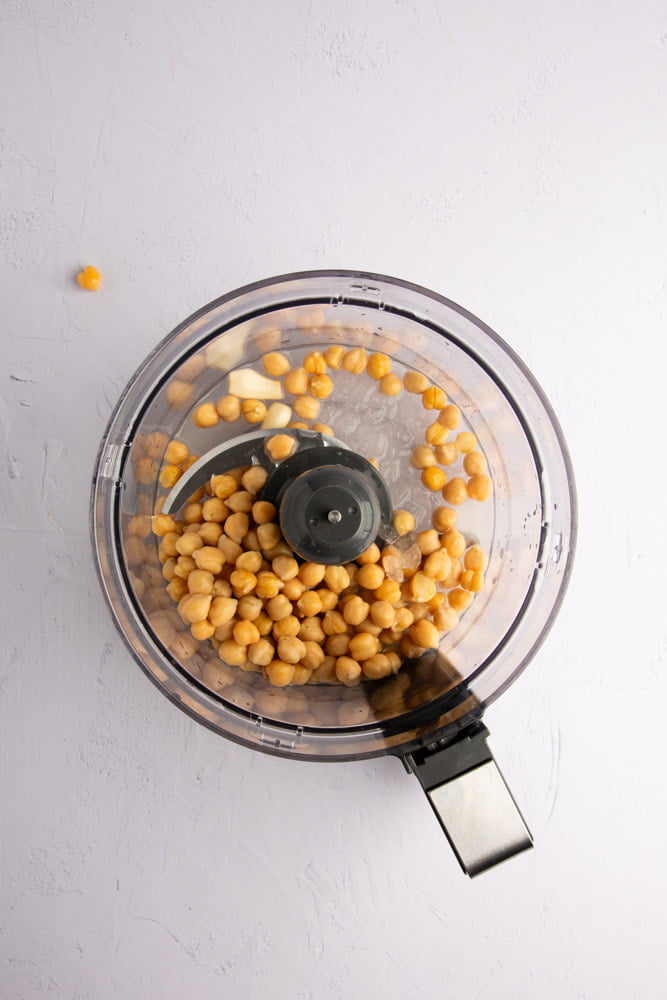
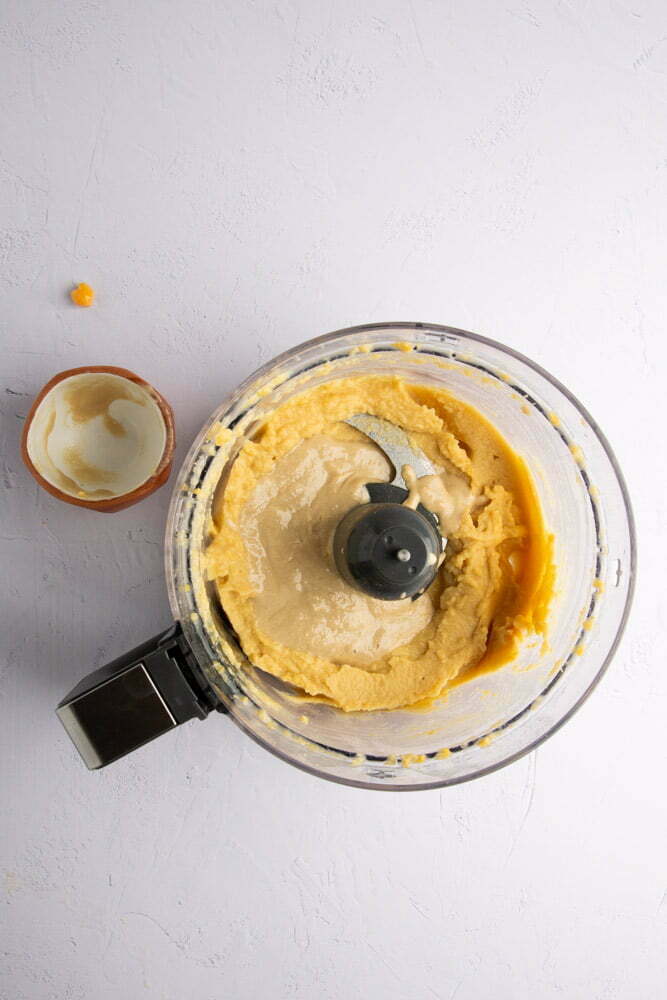
Home Cook to Home Cook Tips
- Cook your own chickpeas when you have time. They’re more flavorful and blend creamier.
- Don’t skimp on the blend time. That’s the trick to velvety hummus.
- Warm tahini = better blending. If your tahini is thick, microwave it for 10 seconds.
- Ice water makes magic. It helps emulsify the tahini and lightens the texture.
- Taste as you go. Like it zippier? Add more lemon. Creamier? A splash more water.
Garnish & Topping Ideas
- Drizzle of olive oil
- Sprinkle of smoked paprika or za’atar
- A few whole chickpeas
- Toasted sesame seeds
- Chopped fresh herbs (parsley, dill, or mint)
- Sliced olives or a spoonful of dukkah
How to Serve Hummus
- Bowl it up – Add to grain bowls, nourish bowls, or alongside roasted veggies.
- Dip it – Serve with pita wedges, crackers, or raw veggies (carrots, cucumbers, bell peppers).
- Spread it – Use as a sandwich or wrap spread instead of mayo or mustard.
- Dress it up – Thin with lemon juice or water to turn into a creamy salad dressing.

Frequently Asked Questions
How to make hummus at home?
Hummus is a popular Middle Eastern dip that is enjoyed all around the world. This recipe is easy to make and can be customized to your liking. It starts with chickpeas that are blended with tahini, lemon juice, garlic, and olive oil. The result is a creamy and flavorful dip that can be served with pita bread, vegetables, or used as a spread on sandwiches. Give this recipe a try and impress your friends and family with your homemade hummus!
Equipment
Ingredients
- 1 can of cooked chickpeas
- 2 garlic cloves raw If you prefer a milder flavor, you can opt for roasted.
- 2 lemons juice
- 1 teaspoon salt
- ¼ cup ice water
- 4 tablespoons tahini
Instructions
- Open the can of chickpeas and drain well. Peel the chickpeas in a bowl of cold water, stirring them with your hands, and repeat the process until no shells come out.
- Place the chickpeas in the food processor, water, lemon juice, garlic and salt.
- Run the food processor for 5 minutes.
- Add the tahini and let it run until everything is fully integrated.
- Serve on a platter and accompanied with vegetables or bread.
Notes
In the fridge: Transfer your hummus to an airtight container once it is made. Either a plastic or glass container with a secure lid will work. The hummus can be stored in the refrigerator for 4-7 days. When serving, it’s essential to use clean utensils to avoid introducing bacteria that could spoil the hummus before its time.
In the freezer: If you’re looking to preserve hummus for an extended period, freezing it is an option. Similar to refrigeration, it’s best to store it in an airtight container, leaving some room at the top as it may expand slightly during the freezing process. Hummus can be frozen for up to 4 months and in the fridge overnight before use.
Before serving: For optimal flavor and texture, it’s best to let your hummus sit at room temperature for approximately 20 minutes before serving, especially if it has been stored in the fridge or freezer.
Nutrition
Serving: 1servingCalories: 71kcalCarbohydrates: 6gProtein: 2gFat: 5gSaturated Fat: 1gPolyunsaturated Fat: 2gMonounsaturated Fat: 2gSodium: 392mgPotassium: 100mgFiber: 2gSugar: 1gVitamin A: 15IUVitamin C: 20mgCalcium: 26mgIron: 1mg
information
Nutritional information of this recipe is only an estimate, the accuracy for any recipe on this site is not guaranteed.
Did you make this recipe?Tag @piloncilloyvainilla on Instagram and hashtag it #alecooks so we can all see your creations.
This recipe is a republish from May 2013.
Latest posts by Alejandra Graf (see all)
- Healthy and Easy Lentil Salad Recipe (Perfect for Meal Prep) - April 25, 2025
- Almond butter stuffed dates - April 24, 2025
- Ranch Water (The Best Texan Summer Cocktail) - April 21, 2025
